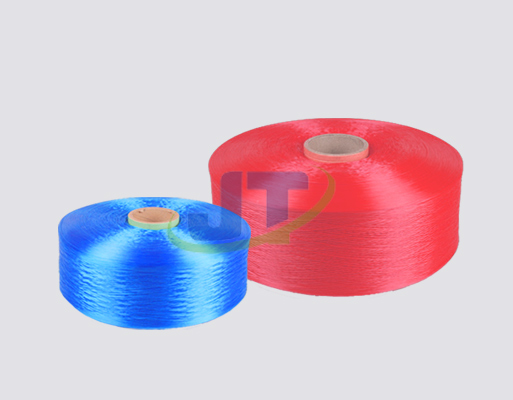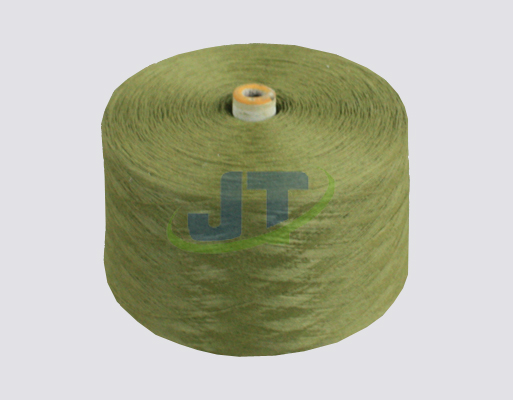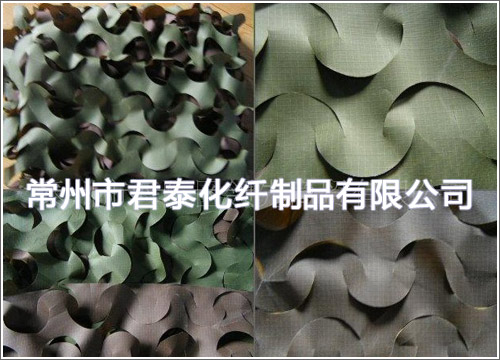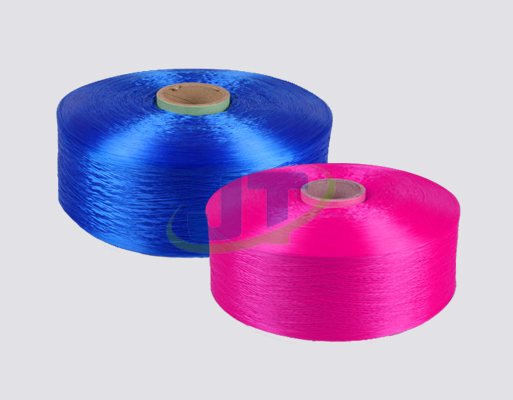

- Tel:0086-519-83783531
- cel:0086-13961177625
- E-mail:jianglijing1022@126.com
- add:cheng zhang Jia zeTown Wujin District, Changzhou City, Jiangsu Province
Due to Trump's announcement of imposing equivalent tariffs on many countries around the world, including a 34% tariff on China and a subsequent 50% tariff increase, the market has lowered global expectations for crude oil demand, and the domestic polyester industry chain has been significantly impacted.
In terms of cost, the significant drop in WTI crude oil has led to the prices of PX, PTA, short fibers, bottle chips and ethylene glycol hitting the daily limit down. From the perspective of demand, the US tariff policy has a significant impact on the domestic textile industry's exports, putting pressure on the profits of textile exports and leading to a weakening demand for polyester raw materials.
In April, due to Trump's imposition of tariffs globally, the global economy faced expectations of a slowdown in growth or even a recession. WTI crude oil plunged from a high of $71.1 per barrel to $55 per barrel, reaching the lowest level in recent years for the same period. Subsequently, Trump announced the suspension of tariffs on several countries, easing market panic. However, from an overall perspective, the cost collapse in the upstream of the polyester chain is still quite obvious. Despite Trump's announcement that he would negotiate with China and lower tariffs, However, looking back at the Sino-US trade war in 2018, the process of economic and trade consultations and negotiations between China and the US was extremely difficult. Therefore, the US was unable to significantly reduce tariffs throughout the second quarter, and the tariff negotiations were not optimistic. With Opec's increased oil production, the upward pressure is relatively obvious, making it difficult for crude oil prices to rise significantly and maintaining a relatively weak overall performance.
As PX facilities enter the maintenance season, domestic and Asian PX supply significantly decreased in April. The domestic capacity utilization rate dropped from a high of 86% to a low of 70.56%. However, compared with the same period in previous years, the operating rate of PX facilities remains at a neutral level, and the supply pressure gradually eased in April.
After experiencing a low operating rate due to a round of maintenance in February, the PTA facilities increased their load in March, resulting in a high output. However, in April, the PTA facilities entered the maintenance season in a concentrated manner, with a significant decline in production capacity. Considering that the processing fee was at a historically low level for the same period, the profits of the facilities were significantly compressed, and the facilities collectively underwent maintenance. After entering May, the PTA maintenance facilities will gradually resume production, but they will still face relatively high supply pressure at that time.
In April, the operating rate of ethylene glycol showed a downward trend. The operating rate dropped from 66% to around 61%, and the weekly output decreased from 660,000 tons to 619,400 tons. The main reason is that the tariff factor has led to a significant decline in the price of ethylene glycol. The cost side of oil-based ethylene glycol has collapsed, but it still maintains a certain profit. Although the cost of coal-to-ethylene glycol shows a downward trend, the decline in ethylene glycol prices is greater than that of coal prices, which has severely compressed the profits of coal-to-ethylene glycol facilities. Most of the ethylene glycol facilities under centralized maintenance are coal-to-ethylene glycol facilities. If the crude oil price weakens again in the future, causing the market price of ethylene glycol to fall, it will affect the economic viability of the operation of domestic coal-to-ethylene glycol plants, and the operation rate of coal-to-ethylene glycol will be significantly suppressed.
In April, as Trump imposed additional tariffs, demand continued to shrink, downstream textile orders decreased, and polyester remained weak. To cope with low inventories, US clothing importers placed temporary restocking orders. This situation is expected to continue until progress is made in the Sino-US trade tariff negotiations.
Overall, the polyester industry chain witnessed certain improvements in May. The textile industry is expected to warm up, but caution and optimism are still needed.
Declaration: The content of this article is compiled from the Internet and the copyright belongs to the original author. If there is any infringement, please inform us in time and contact us for deletion.
- Juntai focuses on Polypropylene
- What benefits does the Federal R
- Where does the importance of car
- High-level economic and trade me
- How to choose the right high-str
- The global trade landscape is te
- Polypropylene high-strength yarn
- Why has the textile and chemical
- What are the main characteristic
- The suspension of tariffs once a




